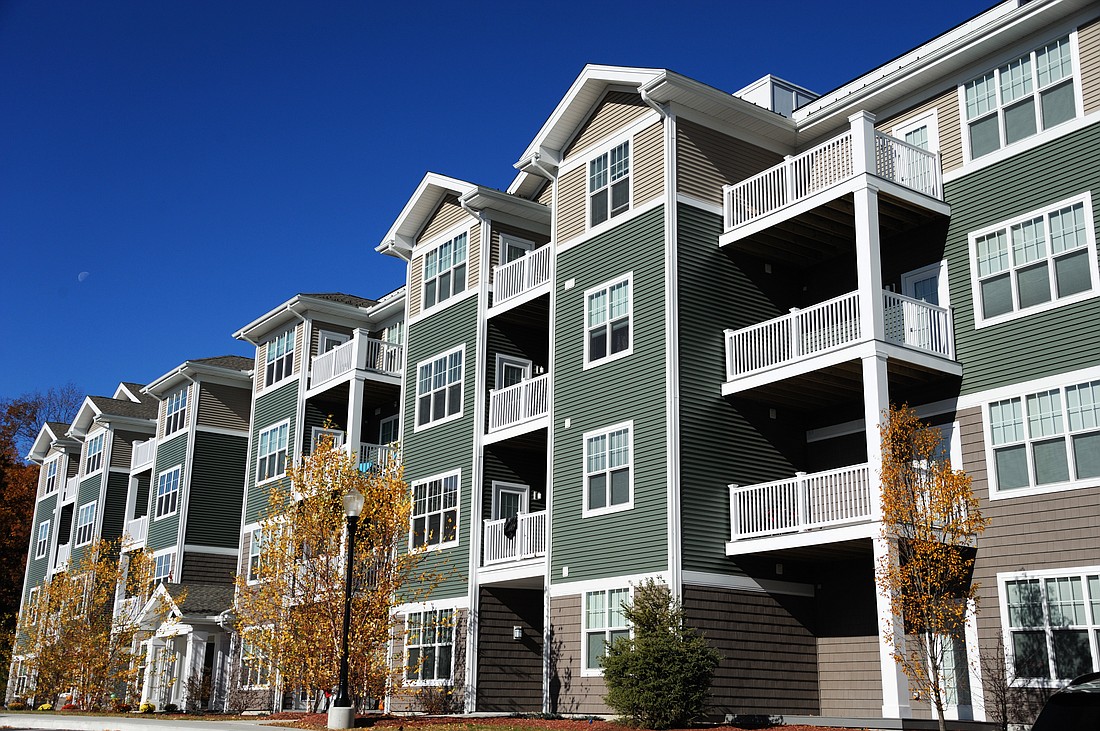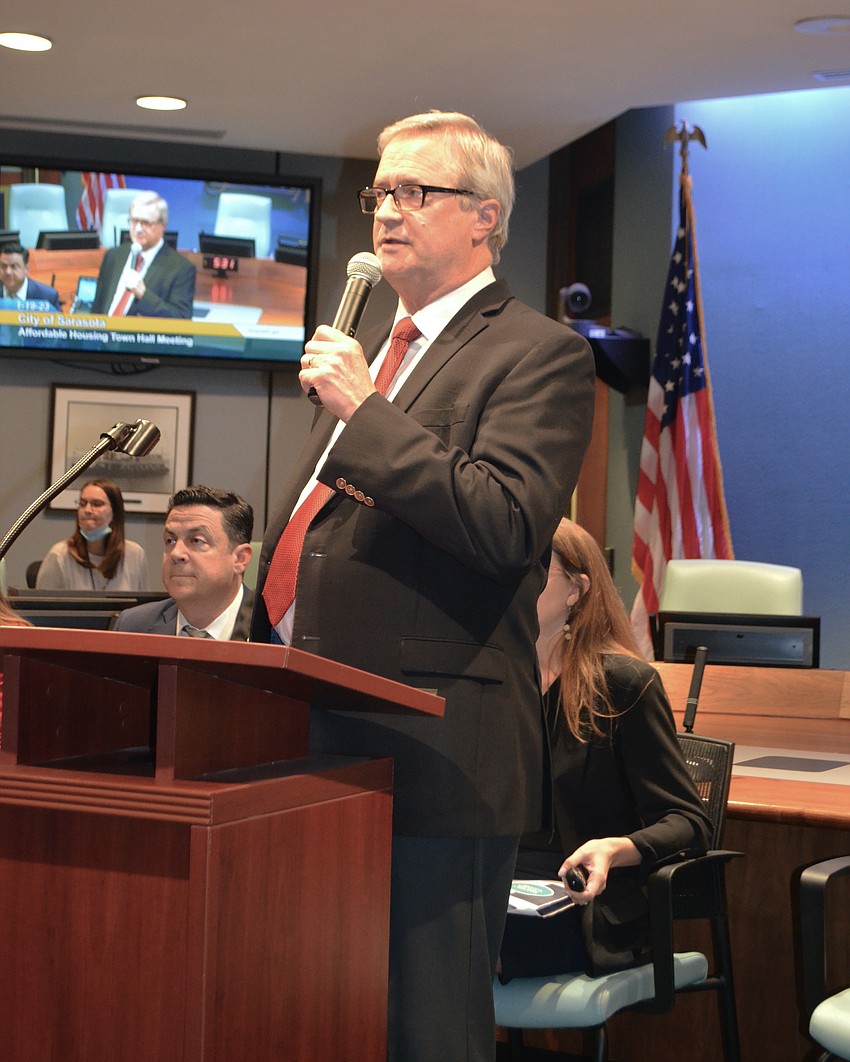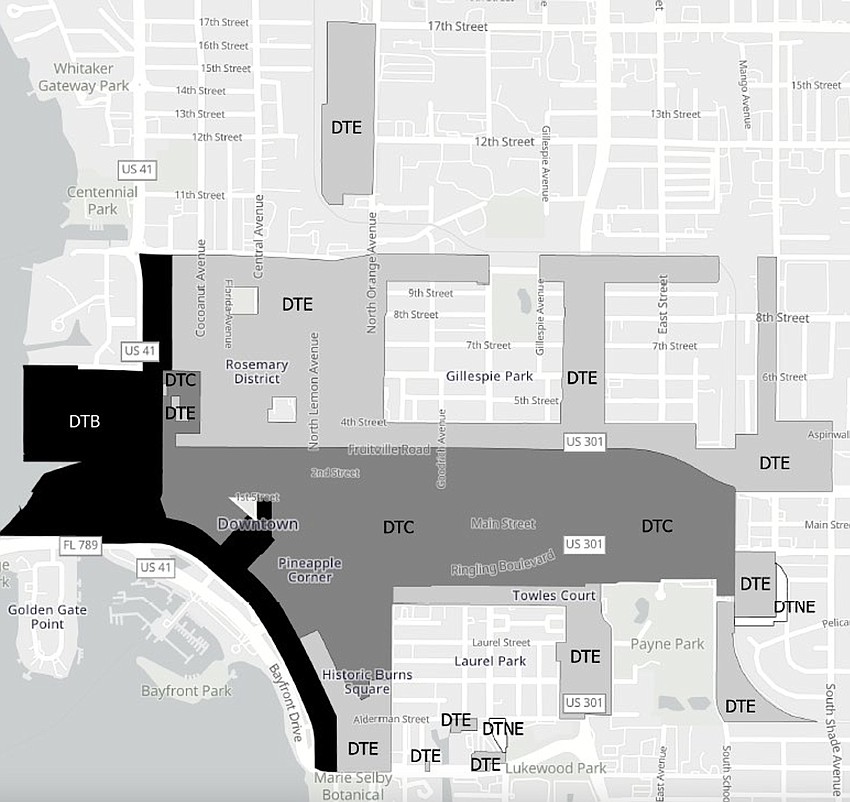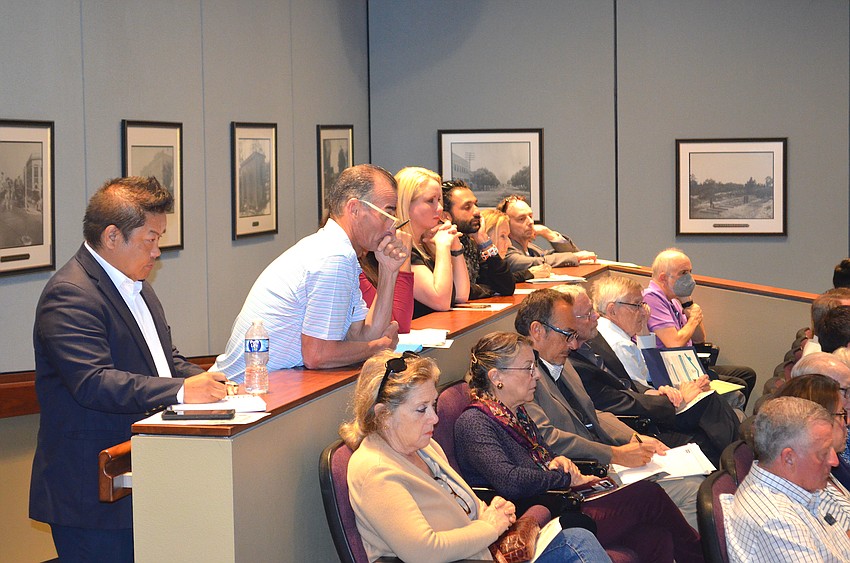- December 25, 2024
-
-
Loading

Loading

For some two decades, Sarasota city leaders have talked about the need for more workforce and affordable housing.
Beyond efforts by the Sarasota Housing Authority, though, little brick-and-mortar progress has been made. Even creating an overlay in the Rosemary District to include affordable housing in new developments yielded no results after two-plus years.
When the City Commission approved changes to long-range land use plans last October, it established what they described as a framework in which affordable and attainable housing may be incentivized with density bonuses and other inducements.
Commissioners and city staff said then that work on the plan was only beginning. To implement, zoning changes must be made in select locations throughout the city, a process that could require more than a year.
In January, the Planning Department took the first step in applying the long-range changes to the city’s zoning code by holding an open house with a standing-room-only crowd of residents and other city stakeholders.

Planning Director Steve Cover and planning staff members provided an overview of the program, then opened the floor to questions and comments. They told the audience that their feedback will be incorporated into a preliminary plan for downtown and presented in a second open house on March 1.
Any developer entering into the voluntary program will be required to designate the units as affordable for 30 years. That legally binding commitment will run with the property for the duration regardless of ownership.
Here are some questions about the program from participants in the forum and answers from city leaders. The entire program can be viewed on the city website.
The city wants to broadly spread affordable housing projects beyond downtown. For that to happen quickly, the private sector must get involved. Typically, in other cities, attainable housing gathers in one or two areas. Sarasota is hoping to avoid that and encourage affordable development around the city.
One-third at 80% or less, one-third at 80% to 100% and one-third between 100% and 120%.
Yes. That's an affordable housing agreement that's recorded in the official records of Sarasota County.

Later this year the city will start discussions along North Tamiami Trail and South Tamiami Trail, considered two important corridors. Downtown is first, because history is already established for the North Trail and South Trail future land use designation. Zoning districts need to be created to implement that future land use designation, so that's that's the next step as part of this process.
There will be tools in place to incentivize attainable housing. The private sector really hasn’t provided attainable housing because there hasn't been an incentive or mandate to do so. Years ago, a downtown residential overlay district existed that didn't mandate units be designated as attainable. What’s being discussed will provide a vehicle for the private sector to construct these units because right now the incentive is not there.
There are other local governments in the state that have used density bonuses as incentives. Palm Beach County is one, Orlando and St. Petersburg.
By increasing the density in downtown, that actually helps traffic. Right now, everybody is commuting into the city. If you have people living downtown where they can walk to work or they can take the trolley, it eliminates all those trips from outlying areas into the downtown. Transportation options will also be expanded. It really helps traffic. That might be a little counterintuitive.

There is no proposal for height increase. In other words, the developer has to increase the density within the current building structure that we have in place.
The area just east of U.S. 301 south of Fruitville is one area. Other areas are within the downtown core. But market forces will ultimately decide what gets built where.
This is going to take a pretty long time. If every project provided attainable housing that would have a huge impact. 54% of all rental households are cost-burdened, and almost one-third of all rental households are severely cost-burdened.
If you have a building that has 2,500-square-foot luxury condominiums, and then you have attainable units, this can be really hard for the developer to make work if the attainable units were 2,500 square feet. That’s something we are working on. The attainable units are not mandated to be identical to all the other units that are being built. An attainable unit could be 750 square feet versus the market rate that could be 1,500 square feet.
This article originally appeared on sister site YourObserver.com.